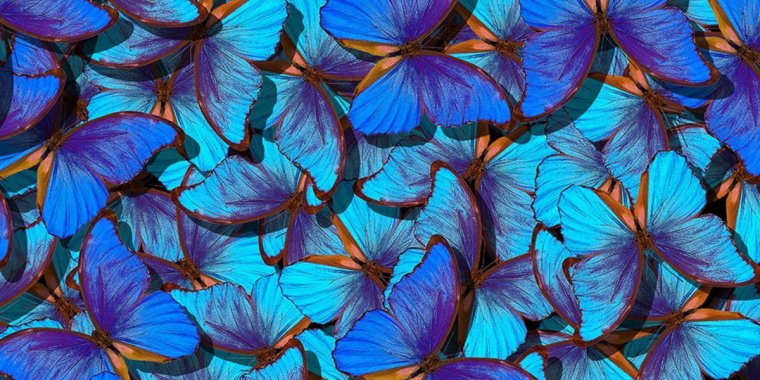| News / Science News |
Butterfly-inspired nanotech makes natural-looking pictures on digital screens
Taking inspiration from nature's nanotech, which creates the stunning color of butterfly wings, a University of Central Florida researcher is creating technology to make extremely low-power, ultra-high-definition displays and screens that are easier on the eyes.

New technology displays color that uses nanoscale structures inspired by butterflies. Photo: UCF
The research had led to digital displays that are lit by surrounding light and look more natural.
"This display is more of a natural look than current computer or smartphone screens," says Debashis Chanda of UCF's NanoScience Technology Center. "It is like seeing a portrait on the wall at your house. It doesn't have that glare or extra light."
Rather than bright LED lights behind a screen to illuminate a display, Chanda's display is lit by reflecting light from the environment. Chanda compared the new viewing experience to switching from eating processed foods to natural ones.
"It'll be a step for people to get used to," he says. "But this is a way to create displays that are harmonious with how nature displays color and as a result don't pump a huge quantity of light into our eyes.
"The reduction of light is important because staring at brightly lit computer and smartphone displays for prolonged periods can cause eye strain, headaches and other health problems."
The new display takes advantage of a technique used by many animals, including butterflies, octopuses, parrots, macaws and beetles, to show color by scattering and reflecting light that hits nanoscale structures on their bodies. (National Science Foundation)





